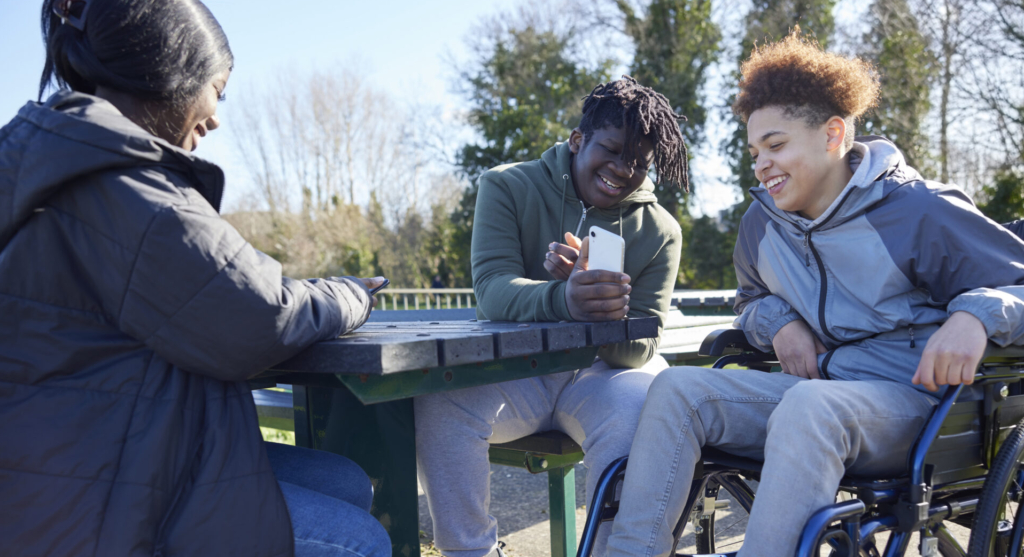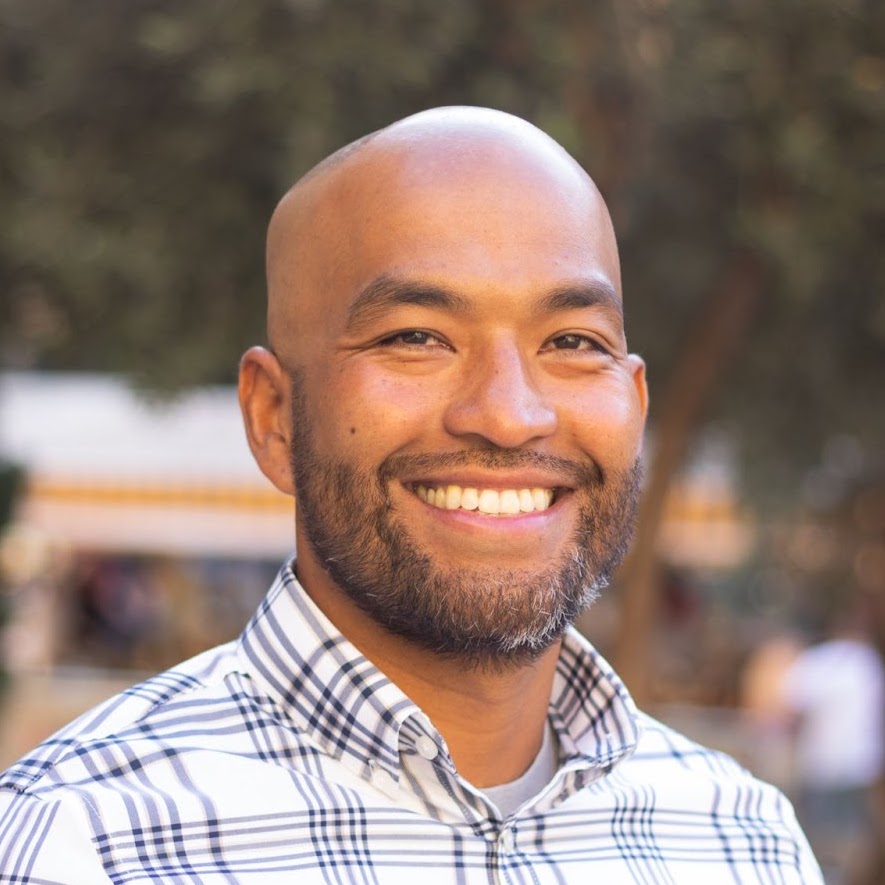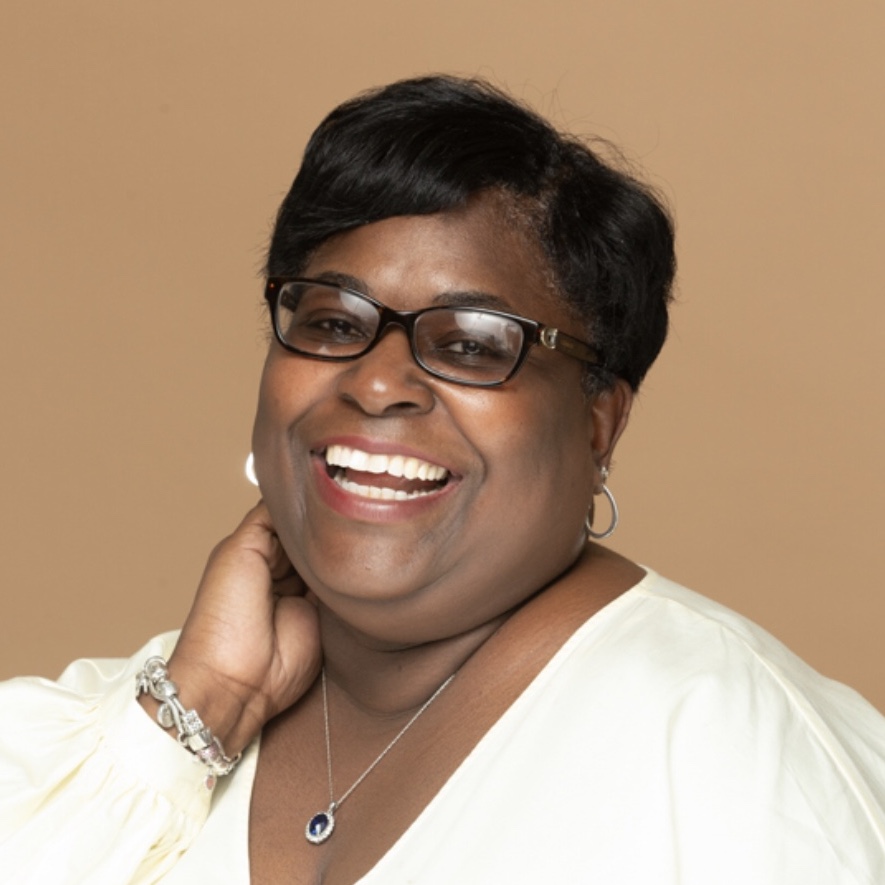Advisories are small learning communities committed to honoring the student as the curriculum and the community as the school—all in an effort to empower and equip young people to live life by their own design.
Dr. Sonn Sam, National Director of Partnerships, Big Picture Learning
The advisory structure within Big Picture Learning (BPL) schools is a key feature that helps to build community, trust, and understanding. While the relationships they build are organic, much effort goes into creating a successful advisory. Dr. Sonn Sam, National Director of Partnerships with Big Picture Learning, and Dr. Brenda Diaz, Dual Executive Principal of MNPS Virtual School and Nashville Big Picture High School, share why advisories matter and what goes into designing this experience.
Q: What is your perspective on what advisories are designed to enable between learners and their communities within Big Picture schools?
Dr. Sonn Sam: I look at advisories as a type of home within the school. As the son of genocide survivors and refugees, home has been a moving target for our family, literally and figuratively. My parents were grateful to be safe in the United States, but it was nonetheless foreign land where all aspects of life were unfamiliar. Similar to many immigrant families, my parents moved constantly to find jobs to provide for our family. We eventually landed in Providence, Rhode Island where we would move several more times but where I would spend the largest portion of my childhood. I realize now that home wasn’t as much of an actual physical space as it was being in the company of my parents and brother. It was the four of us, and we were whole.
Some of my fondest memories at home as a child were cooking with my mom. What started out as a longing to never leave her side and being in her business, turned into some of the most meaningful moments. It wasn’t only the practical skills of learning to cook some of our most traditional foods, but it was also the life lessons she was sharing while we were cooking. She was my first mentor. She saw something in me that I didn’t see in myself. She saw that I had a potential for cooking, and in her maternal way, she nurtured it in me. As I messed up so many recipes, she was right there, patient and encouraging. She was the safety net that would never let me fail or quit. As my confidence and skills grew, she gave me space to explore and take risks. She no longer was with me at every step of the recipe, but was my taste tester at the end to tell me what I needed. And nothing made me feel more whole than when she said, “It’s perfect, doesn’t need anything. Let’s eat.” Yes, chef! Soon my interests of being her assistant would evolve to cooking full meals for the family. To this day, my love language is service, and there is nothing I look forward to more than cooking for my own family. This spirit of trust and collaborative mentorship is exactly what we aim to foster in our advisories.
Q: What happens in advisory?
Dr. Sonn Sam: In respecting every young person’s brilliance and individuality, every advisory system is uniquely different and guided by its own local community context. However, the building blocks are guided by the 3 R’s: relationships, relevance, and rigor. At its core, advisory works to strengthen relationships between an advisor or adult champion and a small learning community of young people. Over an extended period of time with a commitment to know each other well, a strong community bond is built. As individuals are working to develop their own identities, they are simultaneously building the identity of their advisory by establishing the common values, norms, and expectations for the sacred space they all call home. In developing relationships, there are some core practices the small learning community is engaged in daily. These core practices are:
- Establishing high-quality working relationships
- Surfacing interests and curiosities
- Facilitating a supportive advisory culture
- Engaging with and amplifying student and family voice
- Developing authentic relationships
- Facilitating a culture valuing diversity and belonging
In most common school structures, there is an accepted one-directional adult culture driving the work and learning in any given classroom. In BPL schools, there is a bi-directional collaboration between adults and young people working to create their unique advisory culture. And if these core practices are implemented with fidelity, what would you see? You’ll see success indicators, such as advisors and students modeling selective vulnerability, emotional risk-taking, and humility or advisory work reflecting the unique interests, vision, and goals of each student.
Q: How do you design the advisory experience to be authentic but also intentional about building relationships?
Dr. Brenda Diaz: In Dr. Stephen R. Covey’s book, The 7 Habits of Highly Effective People, the second habit in the book is to “begin with the end in mind.” This quote is a guiding principle that I have embraced as a Big Picture Learning school principal. When it comes to building and sustaining our school’s culture and positive relationships, it is our focus. This focus doesn’t begin on the first day of school, but it begins on the last day of each school year when our leadership team begins to set the framework for the upcoming year. To sustain a culture that reflects our school’s mission, “From our culture of kindness, we are pursuing our passions to college and beyond,” my first steps begin with prioritizing people, purpose, and practice.
It all starts with building a good team that understands and appreciates the power of advisory. Beginning in April, our leadership team works diligently to retain and recruit people who have values that align with our school’s mission and vision. It is difficult to know a person’s value if you don’t take the time to talk with them or spend time with them during and beyond work hours. Many of our team members are referred to our school by current team members, therefore, the relationship is already present. To build on this relationship, once the team member is hired or with returning teammates, we jumpstart the school year in July by attending the Big Picture Learning “Big Bang” Conference.
This school year our new team members attended the conference in Kansas City. This provided us with an opportunity to spend time together not only immersing ourselves in the BPL philosophy, but we were able to enjoy fun-filled social events that permitted us to learn more about each other by sharing our stories and being vulnerable to be seen as humans, not just a job title. Even if you don’t have the opportunity to attend a Big Bang conference or travel out of town, a faculty retreat of some kind is worth the investment.
Every successful organization knows that to be great you must practice. At our school, we spend the first three weeks of school with what I like to call “safe practice.”
Dr. Brenda Diaz, Dual Executive Principal, MNPS Virtual School & Nashville Big Picture High School
Q: How do advisors help learners navigate the advisory system, especially for learners new to the Big Picture model?
Dr. Brenda Diaz: Every successful organization knows that to be great, you must practice. At our school, we spend the first three weeks of school with what I like to call “safe practice.” That simply means that advisors and students are provided time to learn our systems/procedures that will support our culture of kindness. By providing multiple supports, our team members know that we all must have a mindset to always get better.
For example, our first three weeks are filled with gentle reminders, conversations, and support to help our advisors without penalizing them for making mistakes. Likewise, we do the same thing for our students. Students are provided with opportunities to speak with our counselor, social worker, mental health counselor, or our Restorative Practice Assistant. All of these people are available to assist students as they transition to a new grade or to our school. Regardless of the need, we always begin with the belief that our students want to get better. Whether it’s missed assignments, tardiness to class, or a disagreement with a peer, our team first practices identifying strategies to move the student to success instead of punishment. As we move into week four of school, and our tenth, eleventh, and twelfth-grade students begin their internships, we are confident that students are well aware of what is expected not only inside our school but also in the community. This year when internships began, approximately 80% of our students attended internships of their choice during the first week. That’s because we are relentless in preparing students to “get out” and learn!
Our school culture of kindness is not just something we say; it is evident from the moment you drive on the campus and with every interaction with a team member or a student. At Nashville Big Picture High School, we exemplify the following character traits: Noble-Brilliant-Passionate-Humane and Self-Discipline in all that we do. This is just the NBPHS way!
Q: Is there a place for home in school?
Dr. Sonn Sam: If you ask students at Big Picture Learning schools the answer would be an impassioned, “Yes!” Home is anchored in our advisory system. Our students have shared, “Advisory is the heartbeat of our school.” Some have said, “Advisory is my second home.” As powerful as these statements are, we also know that for some of our students, advisory and our school is their first home—a place where they are seen, heard, loved, supported, and encouraged to be their authentic selves. It is a space where adults and young people come together and work collaboratively to get to know each other well, support each other’s interests, and push for continued growth. It is a small learning community committed to honoring the student as the curriculum and the community as the school—all in an effort to empower and equip young people to live life by their own design, a space similar to what my mother created.


